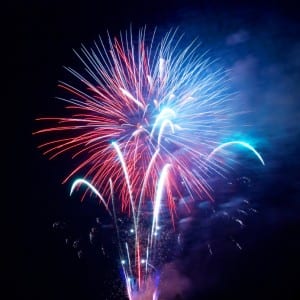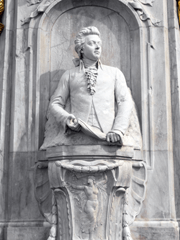MD4: Mysticism and Insecurity
By uczruld, on 5 January 2018

MD4 at The Koppel Project. Photo credit: Kai Syng Tan
The Global Engagement Funds are intended to support UCL academics collaborating with colleagues based in other countries. Last year, they enabled Professor Andrew Stahl of the UCL Slade School of Fine Art to bring several brilliant Thai artists to the UK for a fourth edition of Monologue/Dialogue. Curated by Professor Stahl, Monologue/Dialogue is an exhibition series alternating between Thailand and the UK. Originating from a British Council initiated and funded residency and exhibition in Bangkok, Professor Stahl has organised and participated in the project since 2006. The key focus of the project has been to celebrate transcultural conversations by bringing together artists mainly from Thailand and the UK but also from different parts of the world to install or construct work together, and develop existing contacts between UK and Thai universities and in some way to reflect on the transcultural nature of today’s discourse for artists.
This edition, ‘MD4: Mysticism and Insecurity’, took place in London’s Koppel Gallery in Baker Street. It involved 16 artists mainly from Thailand and the UK, but also from Singapore, Bangladesh, China and Japan.
In collaboration with Dr Kai Syng Tan (UCL Institute of Advanced Studies), an artist, curator, and researcher, Professor Stahl organised numerous events in the gallery including tours of the exhibition and discussions engaging the public, students and artists. The project received additional funding from the Royal Thai Embassy and was opened by his Excellency the Thai ambassador.
Links
 Close
Close



 With 5 November just around the corner, this Lunch Hour Lecture on how fireworks have helped to develop a relationship between science and art from
With 5 November just around the corner, this Lunch Hour Lecture on how fireworks have helped to develop a relationship between science and art from 